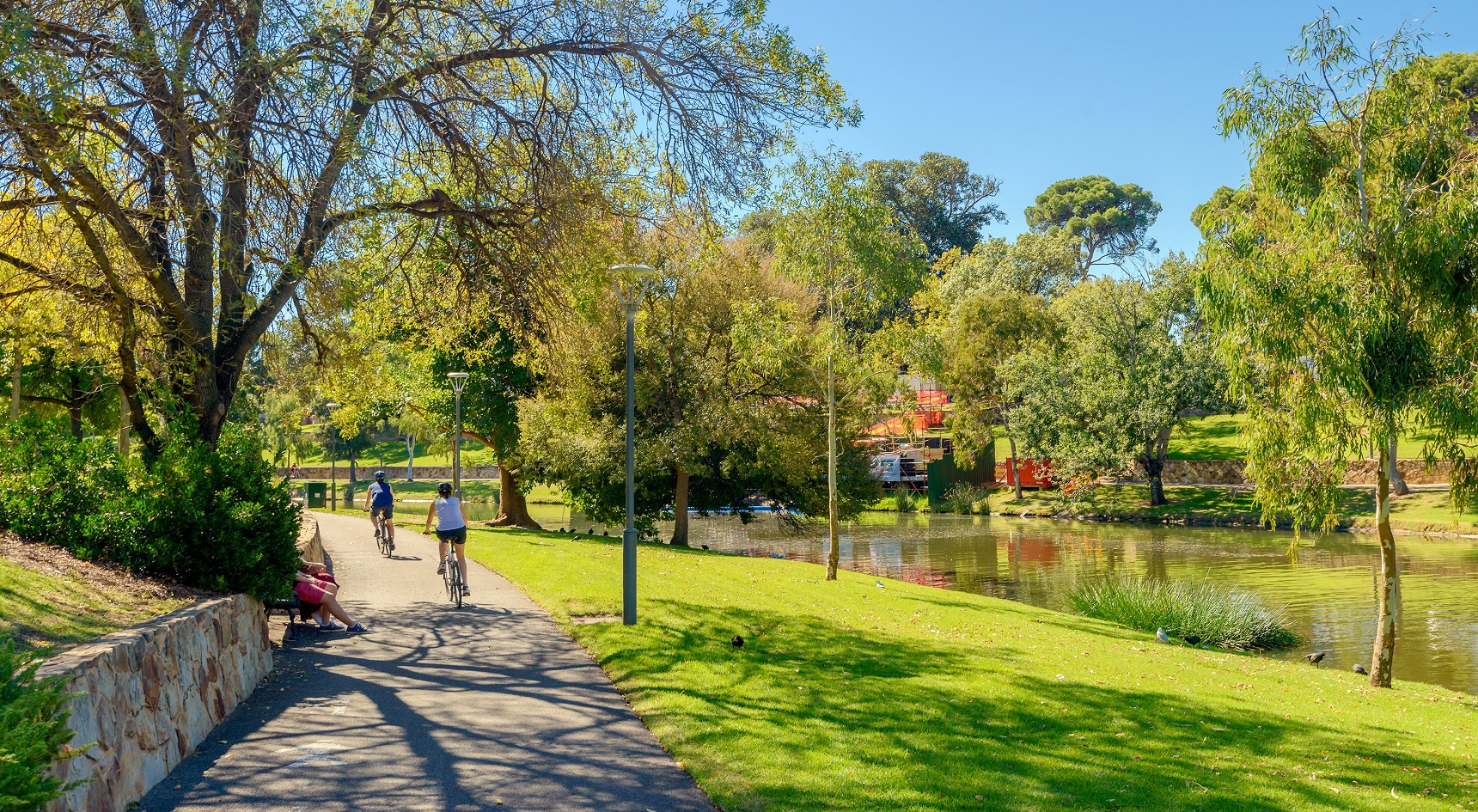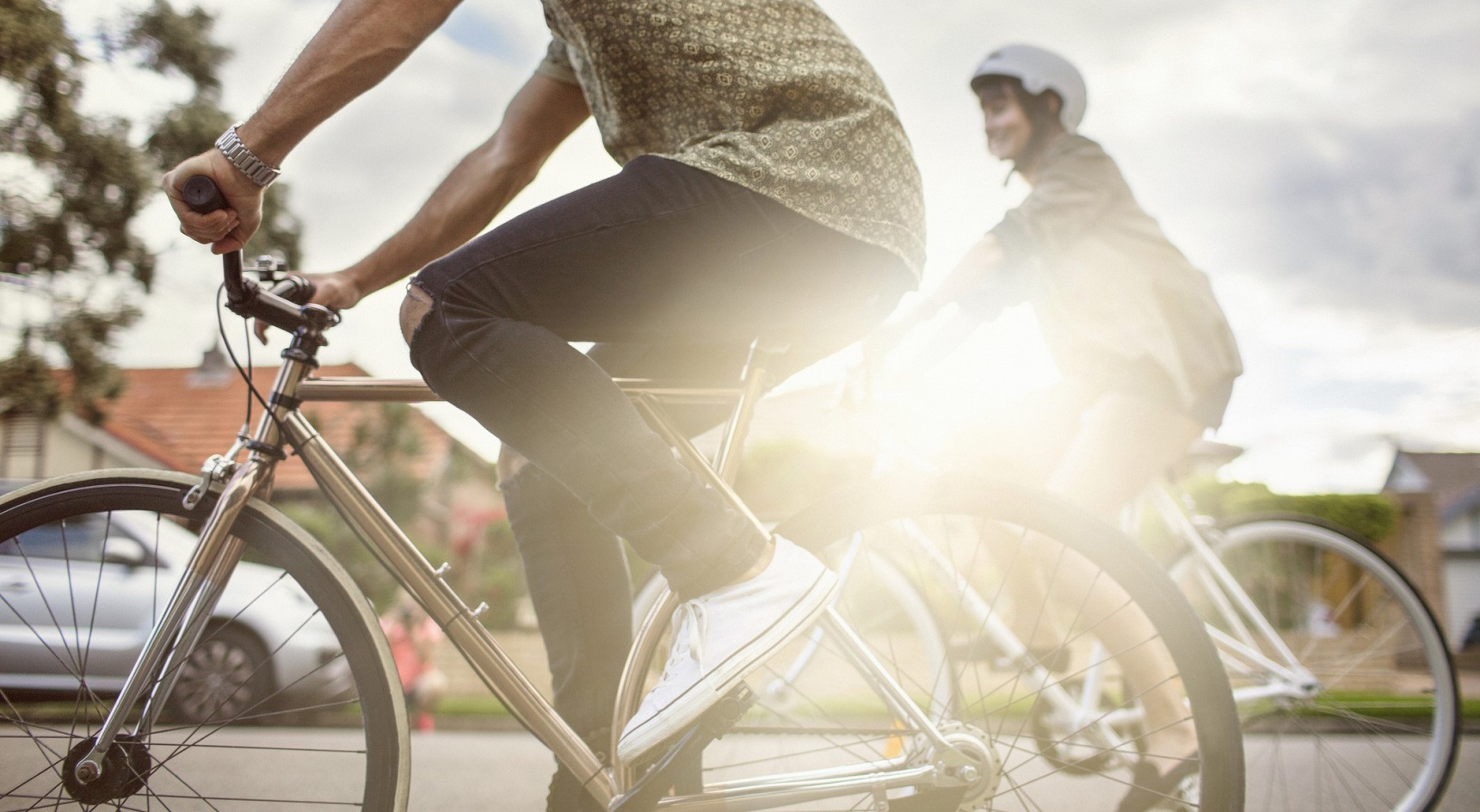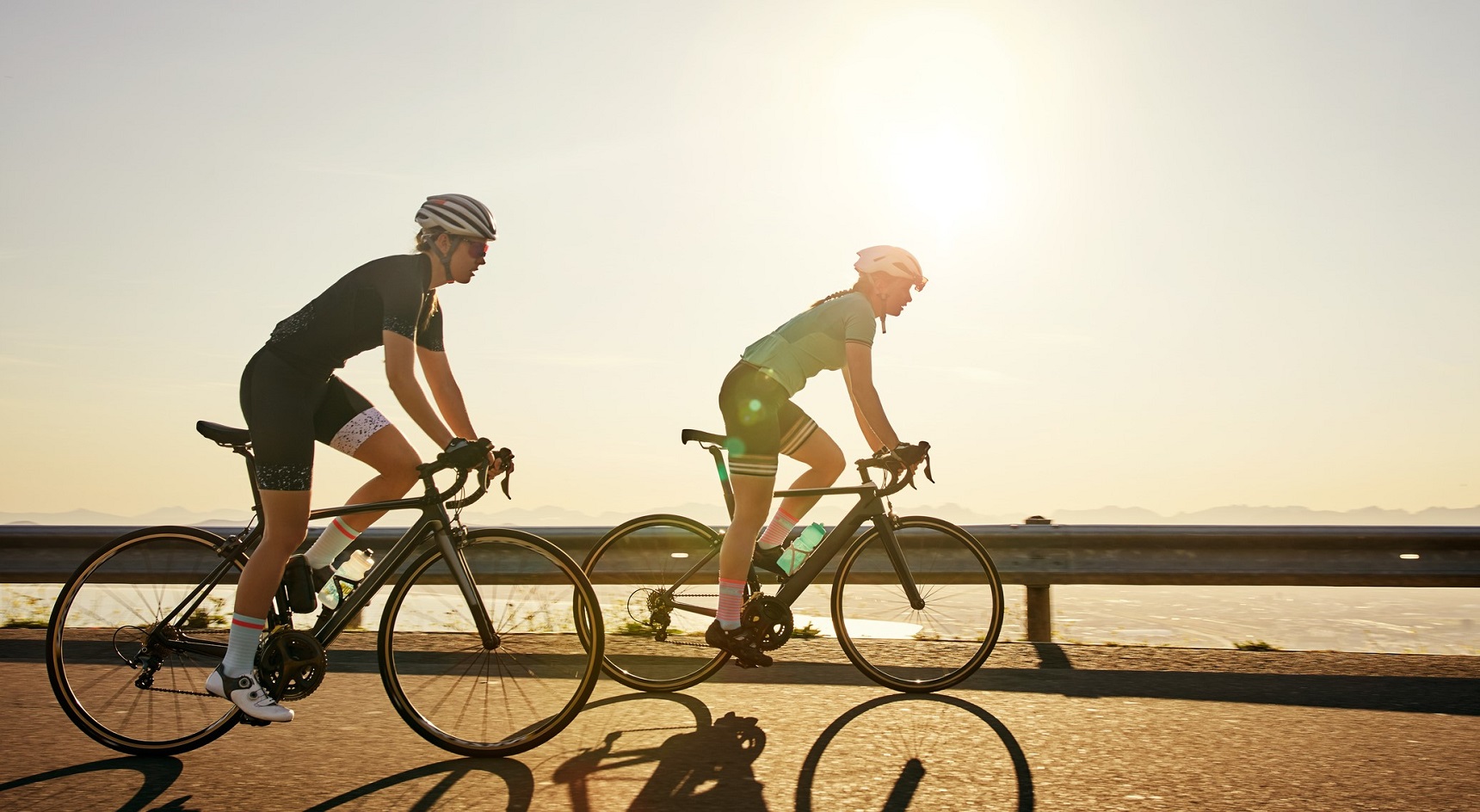6 tips for safer cycling
 Every January sees South Australia swept up in a cycling spin, and 2021 is no different with the 6-day Santos Festival of Cycling – an exhilarating new event stepping in to replace the Tour Down Under this year – in full swing.
Featuring a 4-stage National Road Series event for both men and women, track cycling and BMX racing, mountain biking and a paracycling wheel race – there’s plenty to watch if you haven’t registered to ride in an event yourself.
Don’t cycle? Don’t worry. Spend your time soaking up the electric atmosphere in and around Adelaide. Perhaps enjoy a gin tasting before settling in to view a leg of the National Road Series in the Adelaide Hills or tuck into a picnic while you watch the action on the big screen in Birdwood.
If all this cycling talk makes you want to dust off your treadly, strap on your helmet and take a ride, you’re not alone. But before you head off, it’s best you brush up on some bike safety tips.
Every January sees South Australia swept up in a cycling spin, and 2021 is no different with the 6-day Santos Festival of Cycling – an exhilarating new event stepping in to replace the Tour Down Under this year – in full swing.
Featuring a 4-stage National Road Series event for both men and women, track cycling and BMX racing, mountain biking and a paracycling wheel race – there’s plenty to watch if you haven’t registered to ride in an event yourself.
Don’t cycle? Don’t worry. Spend your time soaking up the electric atmosphere in and around Adelaide. Perhaps enjoy a gin tasting before settling in to view a leg of the National Road Series in the Adelaide Hills or tuck into a picnic while you watch the action on the big screen in Birdwood.
If all this cycling talk makes you want to dust off your treadly, strap on your helmet and take a ride, you’re not alone. But before you head off, it’s best you brush up on some bike safety tips.
Shared paths
South Australia has a large network of shared paths that can take you across the state. Whether you want to ride through the Barossa or from McLaren Vale to the CBD, there’s a shared path for you. As the name suggests, cyclists and pedestrians share these paths, so there are a few things to consider before you strap your helmet on and start pedalling. 1. Keep left Pedestrians and cyclists alike need to keep left while using these paths to ensure people travelling faster can overtake easily. While social distancing is important, both pedestrians and riders should avoid spreading out 2 or 3 abreast across a lane. Doing so can be hazardous for people travelling in the opposite direction and for people trying to overtake. 2. Pass with caution Before you overtake a pedestrian or fellow cyclist, slow down and ring your bell. Try to do this a few metres in advance though, as ringing it too closely could give them a fright. As you approach, make sure nobody is coming in the opposite direction and check behind to ensure you’re not being passed.
Before you overtake a pedestrian or fellow cyclist, slow down and ring your bell. Image: iStock
On the road
Over the past 4 years, 21 cyclists have lost their lives on South Australian roads. All road users need to play their part to prevent further fatalities or injuries. When driving, maintain a minimum distance of 1m when passing a cyclist where the speed limit is 60km/h or lower, and a distance of 1.5m where the speed limit is higher. Drivers also need to watch out for cyclists when turning at intersections and junctions, as well as when they’re parked on the side of a road.
Watch out for cyclists, especially on narrow suburban roads. Image: iStock

At dawn and dusk, the sun is low on the horizon, making visibility tricky. Image: Getty

